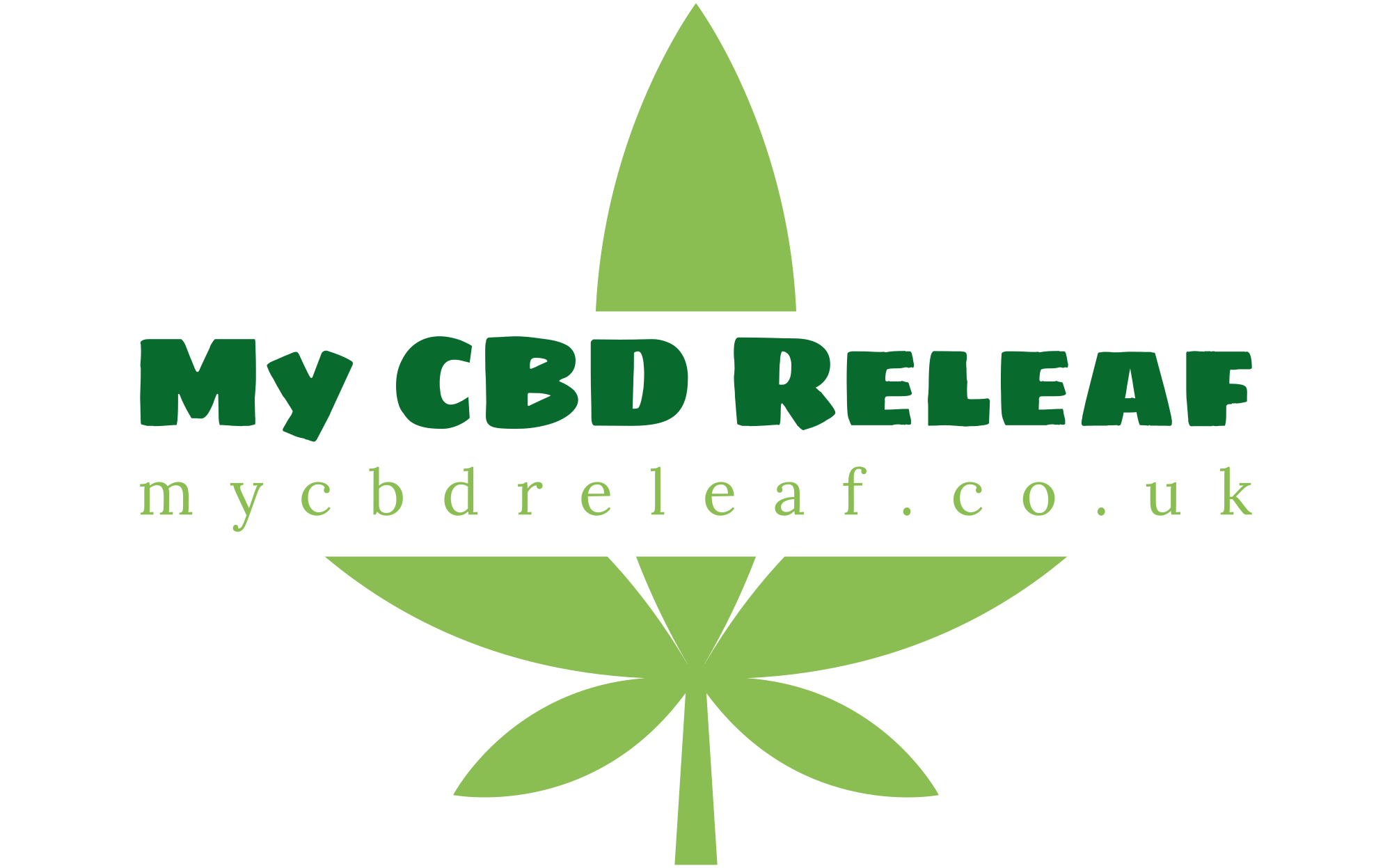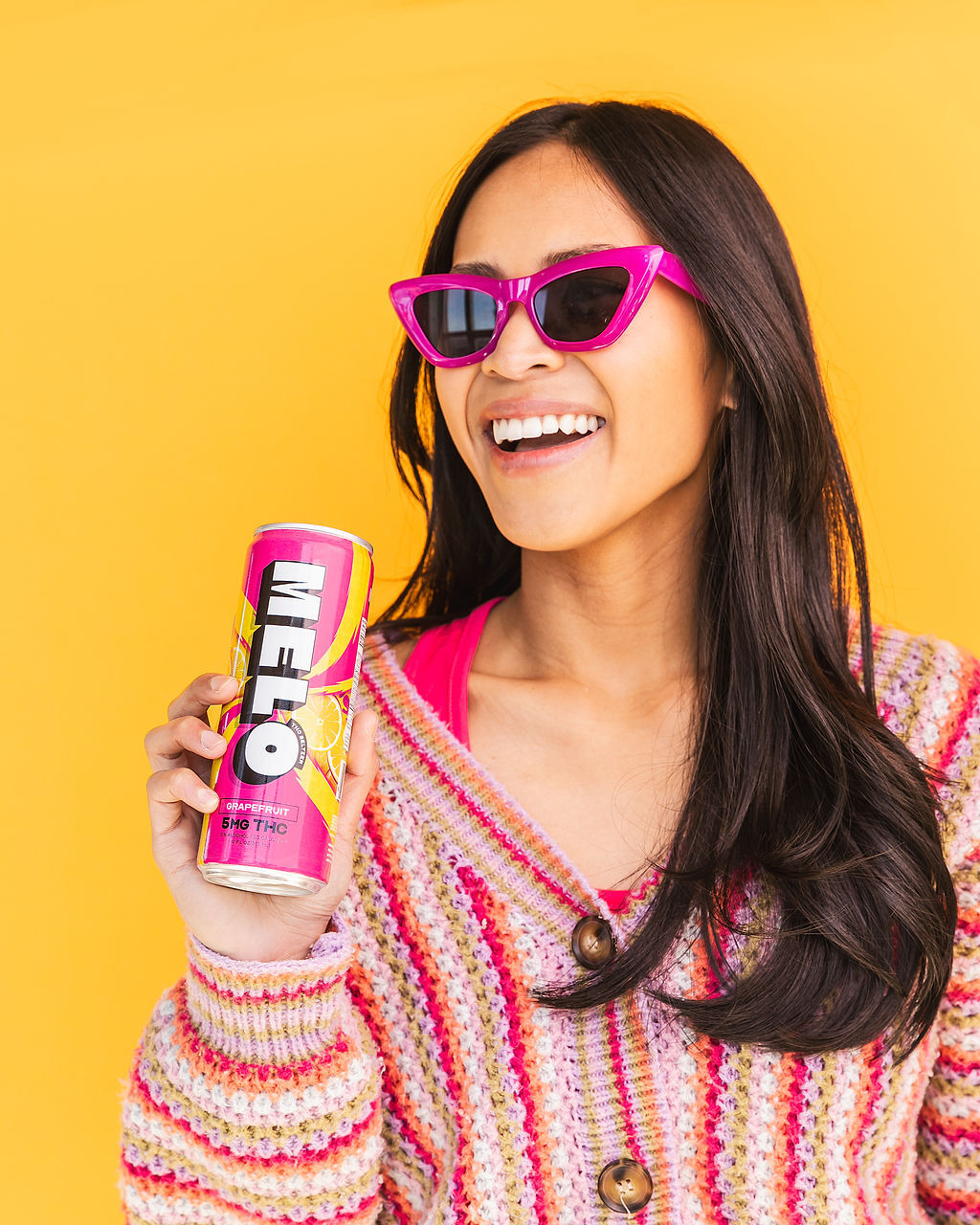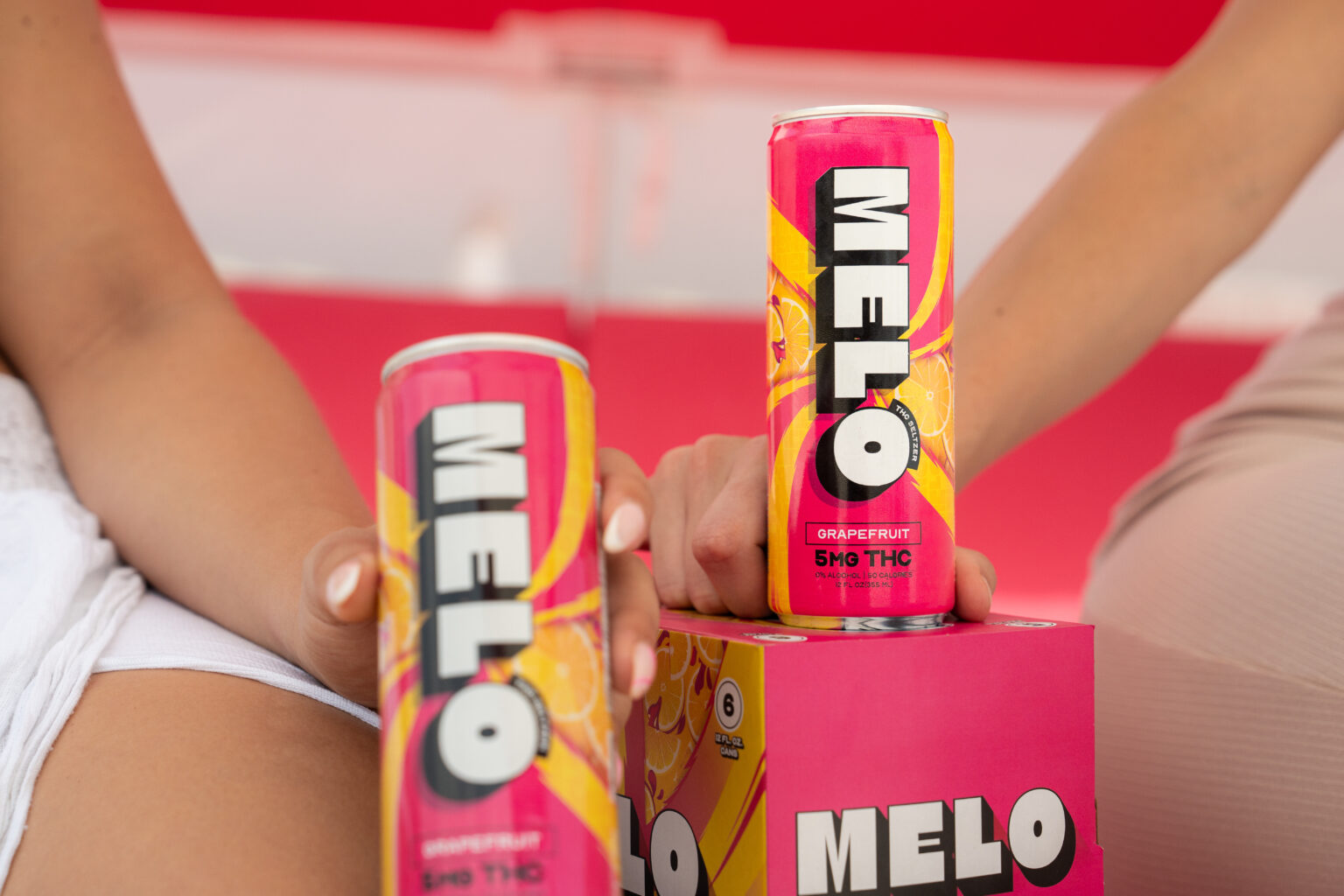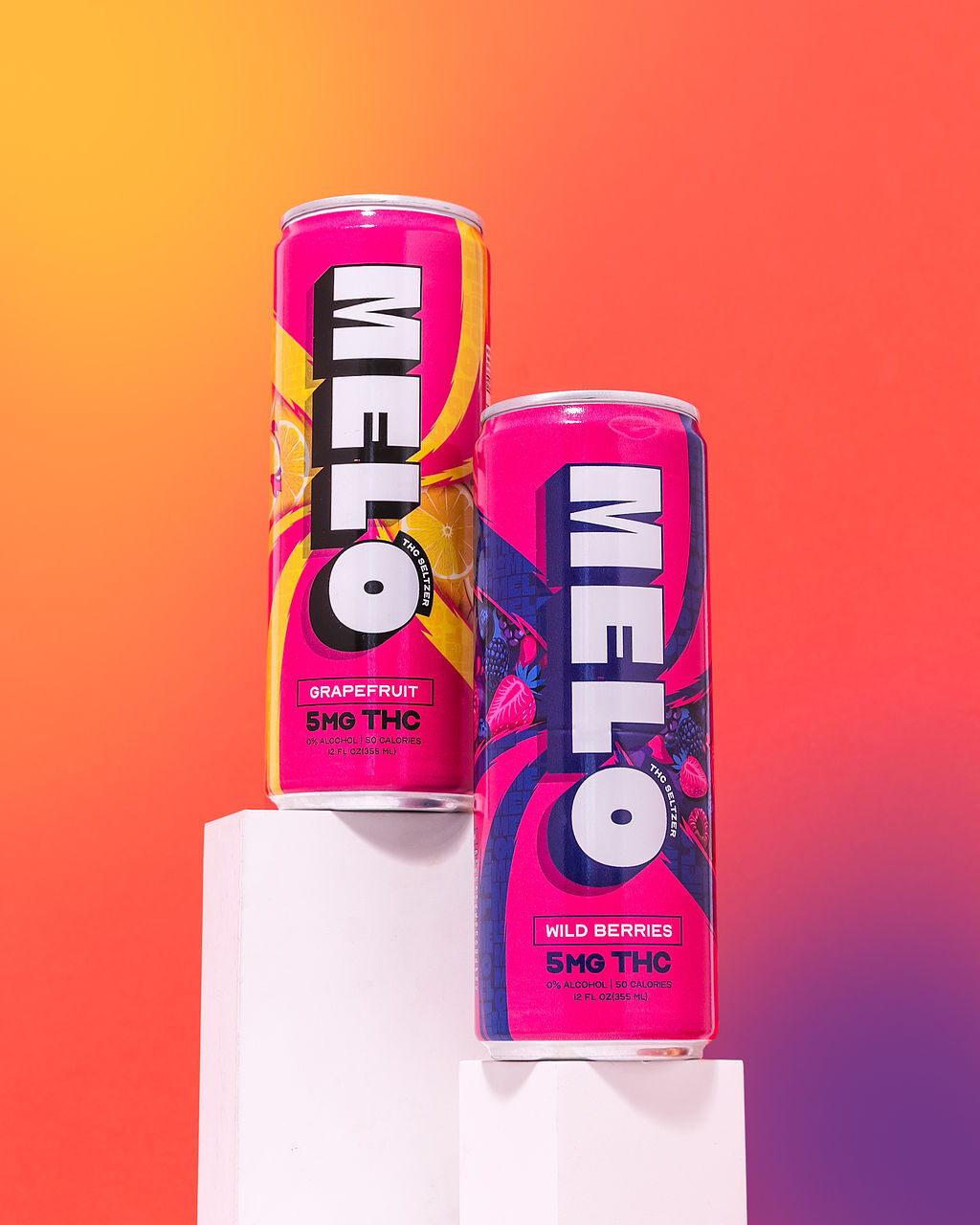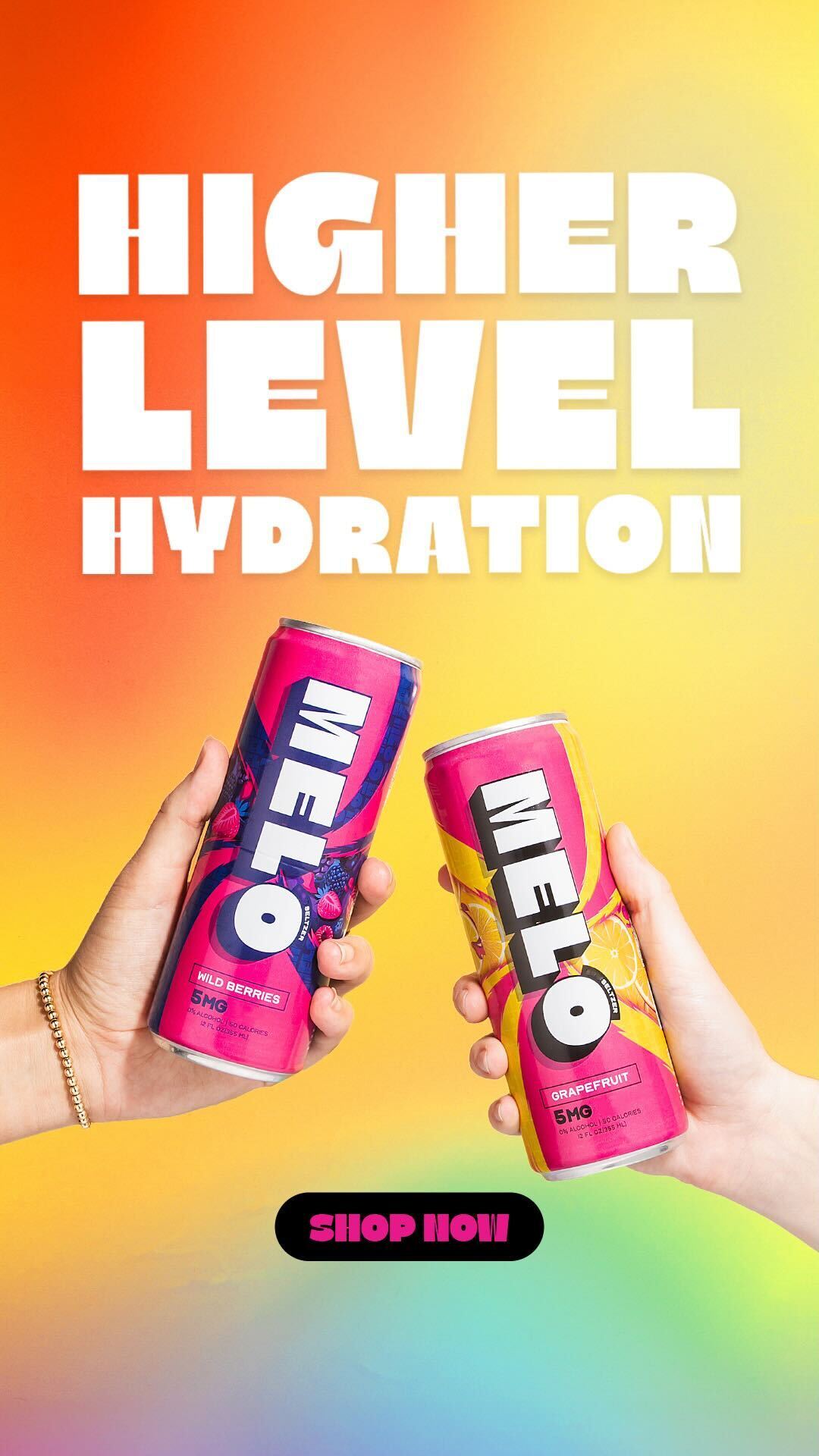How THC Drinks Interact With Your Body’s Endocannabinoid System
The Endocannabinoid System
The endocannabinoid system (ECS) is a complex network of receptors, enzymes, and neurotransmitters found throughout the body. This intricate system plays a crucial role in regulating a wide range of physiological processes, including sleep, appetite, mood, pain perception, and inflammation. The ECS operates by producing its own set of cannabinoids, called endocannabinoids, which bind to specific receptors in the brain and throughout the body, triggering various effects.
Overview
The endocannabinoid system (ECS) is a complex network of receptors, enzymes, and neurotransmitters found throughout the body. This intricate system plays a crucial role in regulating a wide range of physiological processes, including sleep, appetite, mood, pain perception, and inflammation. The ECS operates by producing its own set of cannabinoids, called endocannabinoids, which bind to specific receptors in the brain and throughout the body, triggering various effects.
There are two primary types of cannabinoid receptors: CB1 and CB2. CB1 receptors are primarily found in the brain and central nervous system, while CB2 receptors are more concentrated in the immune system and peripheral tissues. When endocannabinoids bind to these receptors, they influence a cascade of cellular signaling events that ultimately modulate various physiological functions.
THC, the psychoactive component of cannabis, interacts with the ECS by binding to both CB1 and CB2 receptors. This interaction can produce a variety of effects, including altered perception, relaxation, euphoria, and pain relief.
Cannabinoid Receptors
THC, the psychoactive component of cannabis, interacts with the ECS by binding to both CB1 and CB2 receptors. This interaction can produce a variety of effects, including altered perception, relaxation, euphoria, and pain relief.
When THC binds to CB1 receptors in the brain, it can mimic the effects of endocannabinoids, leading to changes in mood, cognition, and sensory perception. Binding to CB2 receptors can influence immune responses and inflammation throughout the body.
CB1 Receptors
CB1 receptors are primarily located in the brain and central nervous system. They play a key role in mediating the psychoactive effects of THC. When THC binds to these receptors, it disrupts normal neurotransmission, leading to alterations in perception, mood, thinking, and coordination.
CB2 Receptors
CB2 receptors are found primarily in the immune system and peripheral tissues. Unlike CB1 receptors, CB2 activation is not typically associated with psychoactive effects.
- They play a role in modulating immune responses, inflammation, and pain perception.
- Research suggests that THC’s interaction with CB2 receptors may contribute to its potential therapeutic benefits for conditions like arthritis, inflammatory bowel disease, and multiple sclerosis.
THC Interaction with the ECS
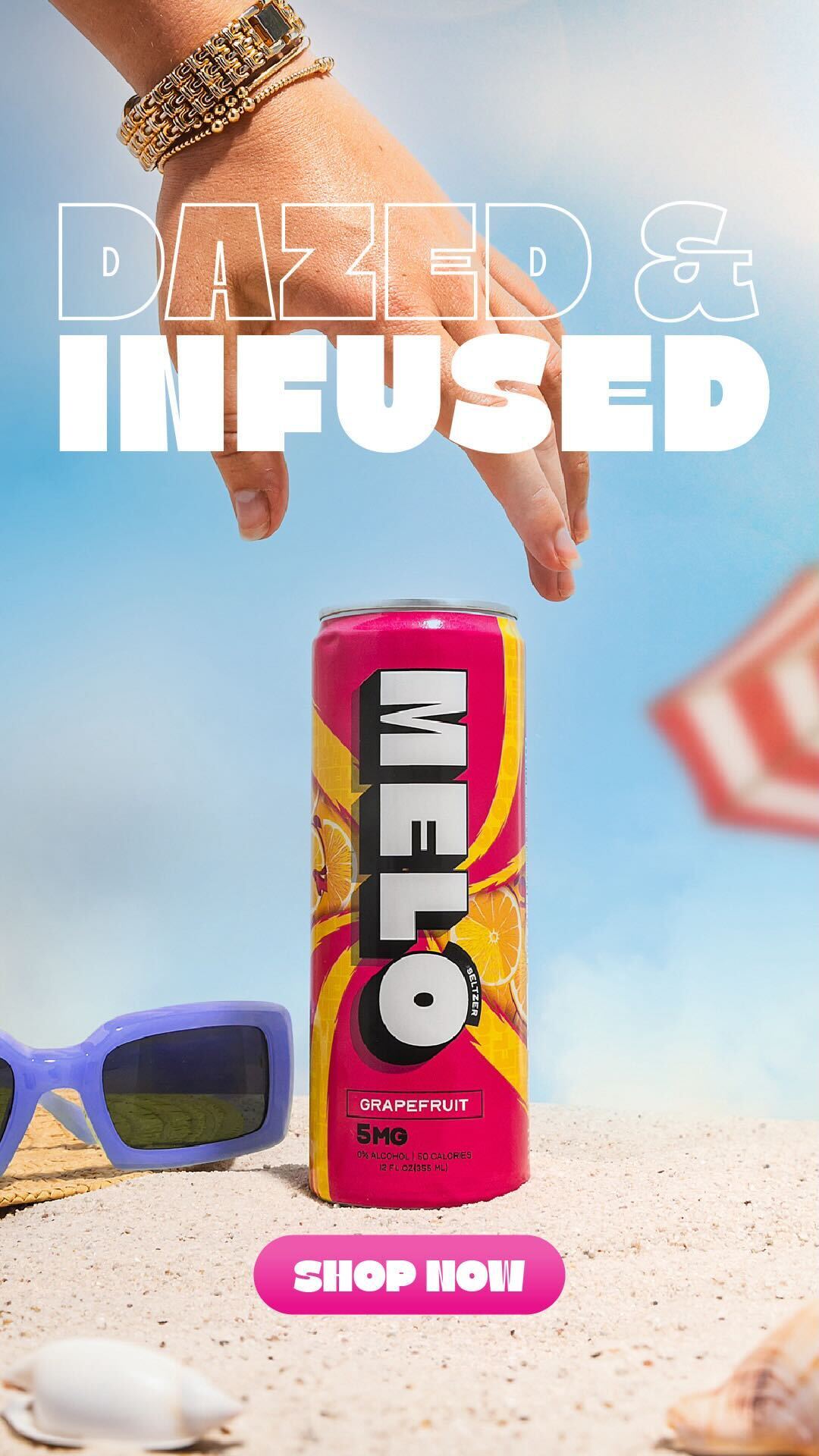
THC, the psychoactive compound in cannabis, interacts with the endocannabinoid system (ECS), a complex network of receptors and neurotransmitters found throughout the body. The ECS plays a crucial role in regulating various physiological functions, including sleep, appetite, mood, pain perception, and inflammation. THC binds to two primary types of cannabinoid receptors: CB1 and CB2.
Binding to CB1 Receptors
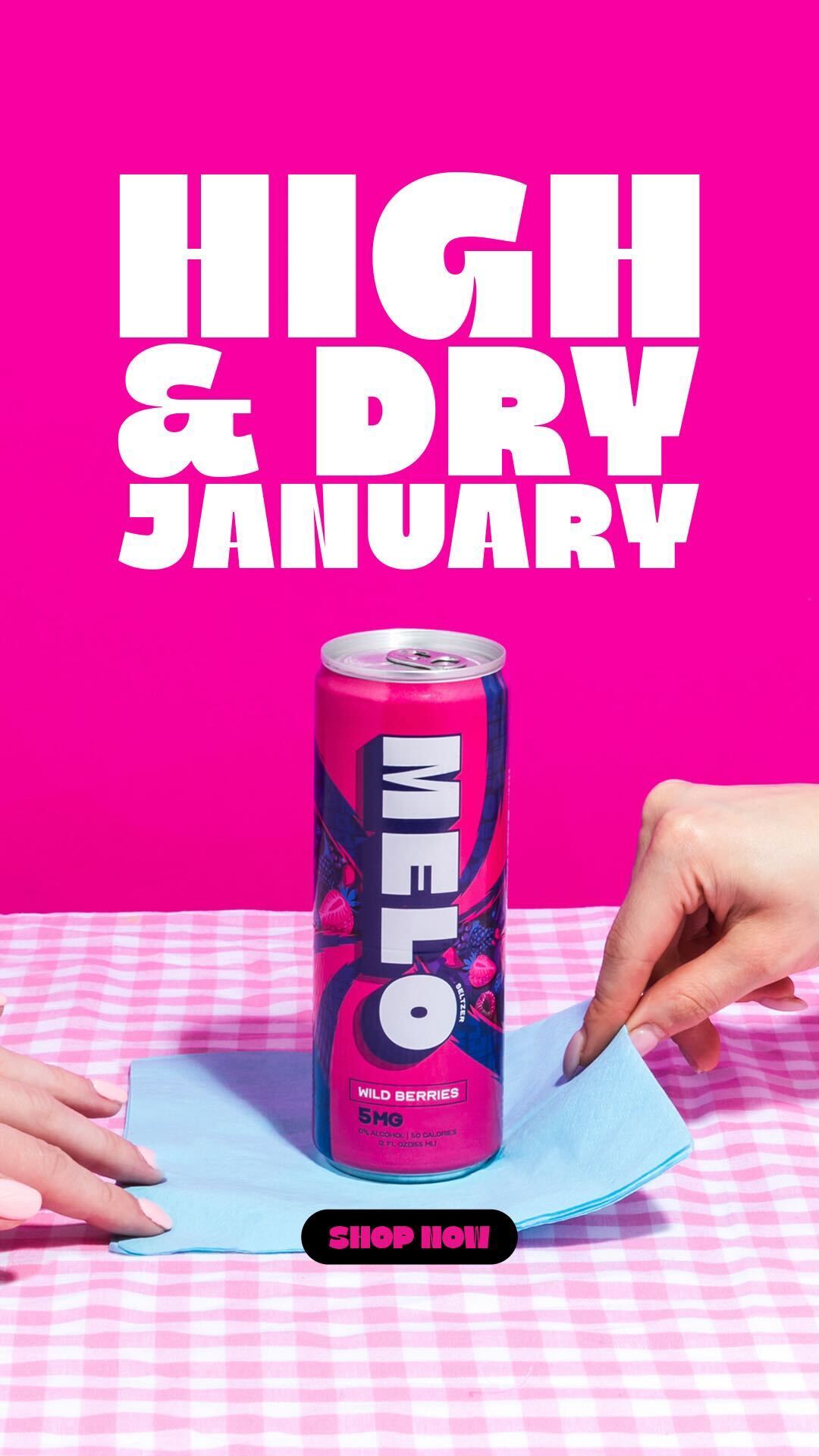
THC exerts its effects by binding to both CB1 and CB2 receptors within the endocannabinoid system. CB1 receptors are predominantly located in the brain and central nervous system, playing a key role in mediating THC’s psychoactive effects. Binding of THC to these receptors disrupts normal neurotransmission, resulting in alterations in perception, mood, thinking, and coordination.
CB2 receptors, on the other hand, are primarily found in the immune system and peripheral tissues. Unlike CB1 receptors, activation of CB2 receptors is not typically associated with psychoactive effects. However, research suggests that THC’s interaction with CB2 receptors may contribute to its potential therapeutic benefits for conditions like arthritis, inflammatory bowel disease, and multiple sclerosis.
Effects on Neurotransmission
THC, the principal psychoactive compound in cannabis, exerts its effects by interacting with the endocannabinoid system (ECS). This intricate system consists of cannabinoid receptors, enzymes, and neurotransmitters distributed throughout the body. THC primarily targets two types of cannabinoid receptors: CB1 and CB2.
CB1 receptors are concentrated in the brain and central nervous system, where they mediate many of THC’s psychoactive effects. When THC binds to these receptors, it disrupts normal neurotransmission, leading to alterations in perception, mood, thinking, and coordination.
CB2 receptors, primarily found in the immune system and peripheral tissues, are less involved in psychoactive effects. However, research suggests that THC’s interaction with CB2 receptors may contribute to its therapeutic potential for conditions like inflammation and pain.
By binding to both CB1 and CB2 receptors, THC influences a wide range of physiological processes, including sleep, appetite, mood regulation, pain perception, and immune function. The complex interplay between THC and the ECS underlies the diverse effects of cannabis on the body.
Impact on Various Physiological Processes
The endocannabinoid system (ECS) is a complex network of receptors, enzymes, and neurotransmitters found throughout the body. This intricate system plays a crucial role in regulating a wide range of physiological processes, including sleep, appetite, mood, pain perception, and inflammation. The ECS operates by producing its own set of cannabinoids, called endocannabinoids, which bind to specific receptors in the brain and throughout the body, triggering various effects.
There are two primary types of cannabinoid receptors: CB1 and CB2. CB1 receptors are primarily found in the brain and central nervous system, while CB2 receptors are more concentrated in the immune system and peripheral tissues. When endocannabinoids bind to these receptors, they influence a cascade of cellular signaling events that ultimately modulate various physiological functions.
THC, the psychoactive component of cannabis, interacts with the ECS by binding to both CB1 and CB2 receptors. This interaction can produce a variety of effects, including altered perception, relaxation, euphoria, and pain relief.
When THC binds to CB1 receptors in the brain, it can mimic the effects of endocannabinoids, leading to changes in mood, cognition, and sensory perception. Binding to CB2 receptors can influence immune responses and inflammation throughout the body.
- They play a role in modulating immune responses, inflammation, and pain perception.
- Research suggests that THC’s interaction with CB2 receptors may contribute to its potential therapeutic benefits for conditions like arthritis, inflammatory bowel disease, and multiple sclerosis.
Mood and Cognition
The endocannabinoid system (ECS) is a complex network of receptors, enzymes, and neurotransmitters found throughout the body. This intricate system plays a crucial role in regulating a wide range of physiological processes, including sleep, appetite, mood, pain perception, and inflammation. The ECS operates by producing its own set of cannabinoids, called endocannabinoids, which bind to specific receptors in the brain and throughout the body, triggering various effects.
There are two primary types of cannabinoid receptors: CB1 and CB2. CB1 receptors are primarily found in the brain and central nervous system, while CB2 receptors are more concentrated in the immune system and peripheral tissues. When endocannabinoids bind to these receptors, they influence a cascade of cellular signaling events that ultimately modulate various physiological functions.
THC, the psychoactive component of cannabis, interacts with the ECS by binding to both CB1 and CB2 receptors. This interaction can produce a variety of effects, including altered perception, relaxation, euphoria, and pain relief.
When THC binds to CB1 receptors in the brain, it can mimic the effects of endocannabinoids, leading to changes in mood, cognition, and sensory perception. Binding to CB2 receptors can influence immune responses and inflammation throughout the body.
- They play a role in modulating immune responses, inflammation, and pain perception.
- Research suggests that THC’s interaction with CB2 receptors may contribute to its potential therapeutic benefits for conditions like arthritis, inflammatory bowel disease, and multiple sclerosis.
Appetite Regulation
The endocannabinoid system (ECS) is a complex network of receptors, enzymes, and neurotransmitters found throughout the body. This intricate system plays a crucial role in regulating a wide range of physiological processes, including sleep, appetite, mood, pain perception, and inflammation. The ECS operates by producing its own set of cannabinoids, called endocannabinoids, which bind to specific receptors in the brain and throughout the body, triggering various effects.
There are two primary types of cannabinoid receptors: CB1 and CB2. CB1 receptors are primarily found in the brain and central nervous system, while CB2 receptors are more concentrated in the immune system and peripheral tissues. When endocannabinoids bind to these receptors, they influence a cascade of cellular signaling events that ultimately modulate various physiological functions.
THC, the psychoactive component of cannabis, interacts with the ECS by binding to both CB1 and CB2 receptors. This interaction can produce a variety of effects, including altered perception, relaxation, euphoria, and pain relief.
- When THC binds to CB1 receptors in the brain, it can mimic the effects of endocannabinoids, leading to changes in mood, cognition, and sensory perception.
- Binding to CB2 receptors can influence immune responses and inflammation throughout the body.
The interaction between THC and the ECS plays a key role in regulating appetite. THC’s binding to CB1 receptors in the brain, particularly those located in the hypothalamus—a region responsible for controlling hunger and satiety—can stimulate appetite and increase food intake.
THC also impacts appetite by influencing dopamine release in the brain. Dopamine is a neurotransmitter associated with pleasure and reward, and its activation contributes to feelings of satisfaction after eating. THC’s ability to increase dopamine levels may contribute to the “munchies” effect often experienced by cannabis users.
Pain Perception
The endocannabinoid system (ECS) plays a crucial role in regulating pain perception. It consists of cannabinoid receptors, enzymes, and neurotransmitters that interact with each other to modulate pain signals throughout the body.
- CB1 receptors are primarily found in the brain and central nervous system and are involved in processing pain signals.
- CB2 receptors are more abundant in the immune system and peripheral tissues, where they contribute to inflammation and pain modulation.
THC, the psychoactive component of cannabis, interacts with both CB1 and CB2 receptors, influencing pain perception in several ways.
When THC binds to CB1 receptors in the brain, it can inhibit the release of pain-transmitting neurotransmitters, such as glutamate, effectively reducing the transmission of pain signals to the central nervous system. This mechanism may contribute to the analgesic effects of cannabis for various types of pain.
THC’s interaction with CB2 receptors also plays a role in pain modulation. By binding to these receptors, THC can reduce inflammation and modulate the activity of immune cells that contribute to pain perception. This anti-inflammatory effect may be particularly beneficial for managing chronic pain conditions associated with inflammation.
Immune Response
THC, the psychoactive compound found in cannabis, interacts with the body’s endocannabinoid system (ECS) in a complex way. The ECS is a network of receptors, enzymes, and neurotransmitters that regulate a wide range of physiological processes, including mood, sleep, appetite, pain perception, and inflammation.
THC primarily binds to two types of cannabinoid receptors: CB1 and CB2. CB1 receptors are concentrated in the brain and central nervous system, where they mediate THC’s psychoactive effects. When THC binds to these receptors, it disrupts normal neurotransmission, leading to changes in perception, mood, thinking, and coordination.
CB2 receptors are found primarily in the immune system and peripheral tissues. While CB1 receptor activation is associated with psychoactivity, CB2 receptor activation is not. However, research suggests that THC’s interaction with CB2 receptors may contribute to its potential therapeutic benefits for conditions like inflammation and pain.
THC’s effects on the immune response are complex and multifaceted. By binding to CB2 receptors, THC can modulate the activity of immune cells, potentially reducing inflammation. This effect may be beneficial for managing inflammatory conditions such as arthritis, inflammatory bowel disease, or multiple sclerosis.
